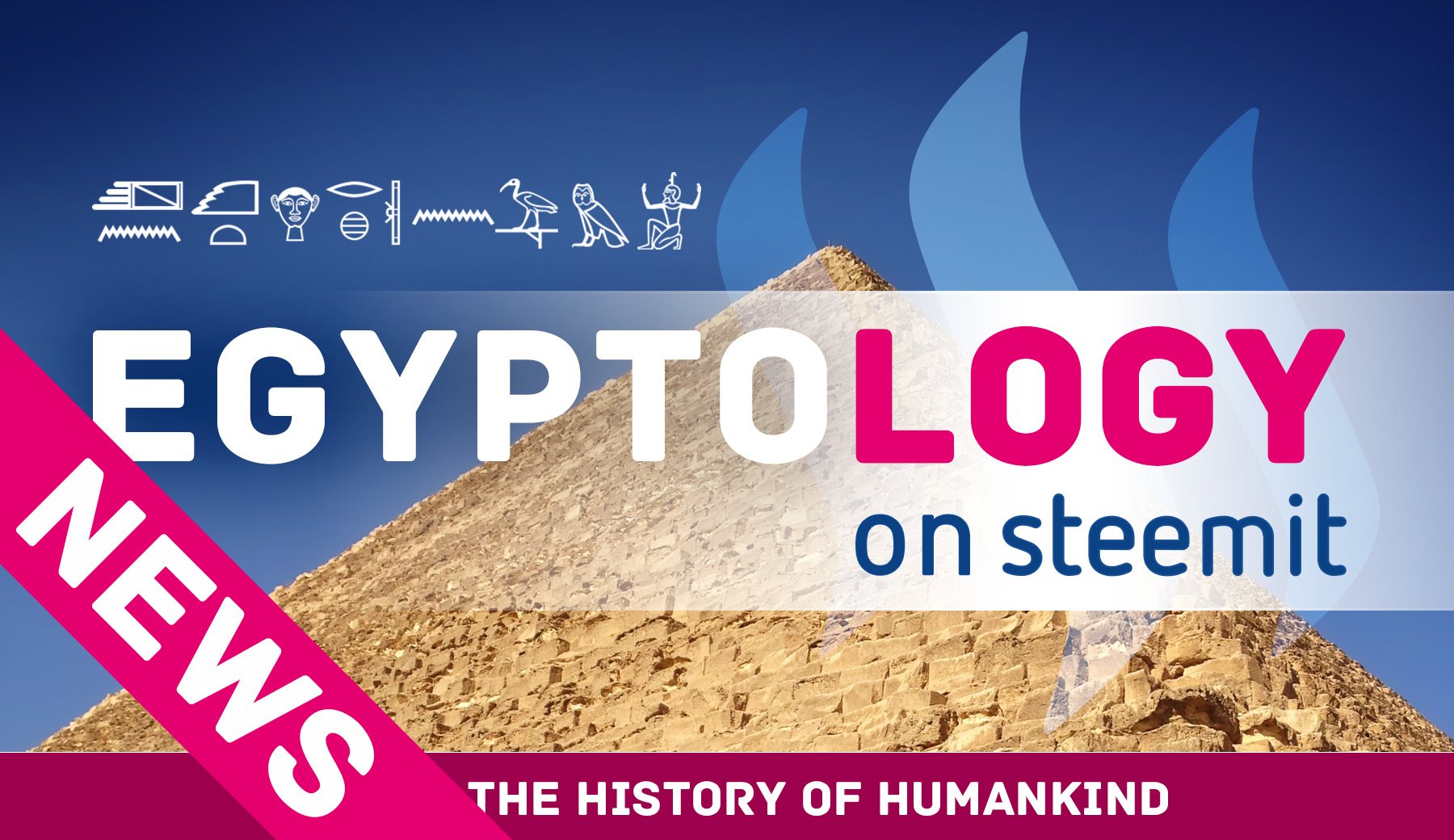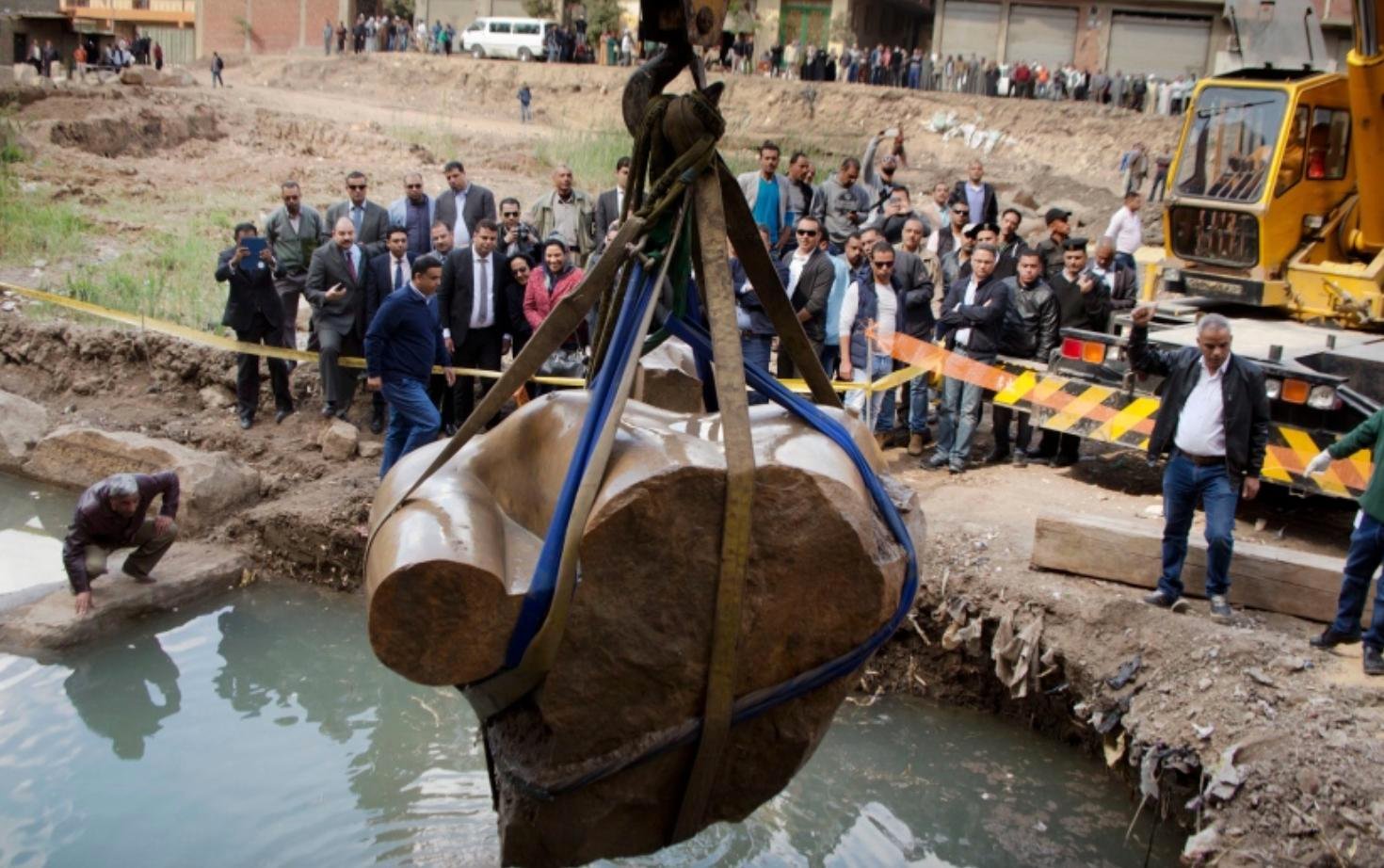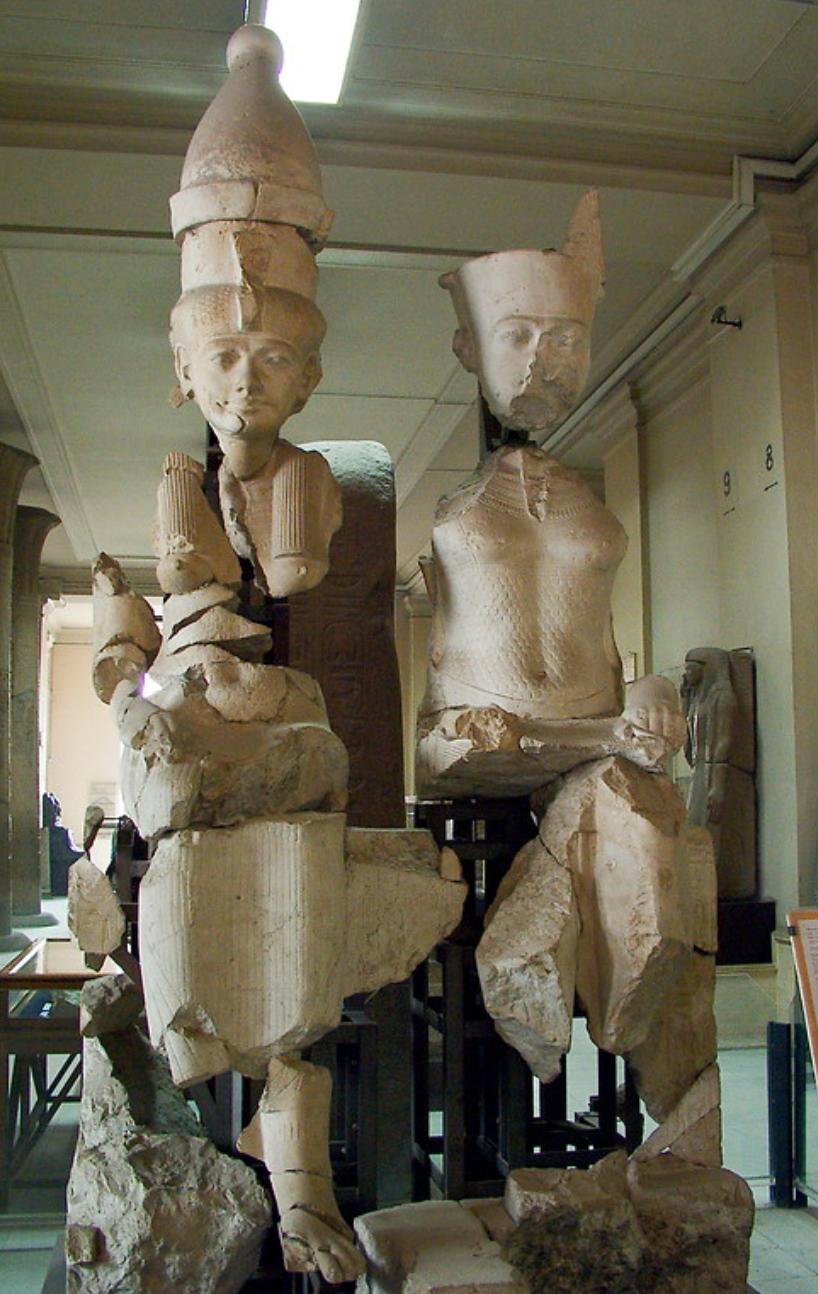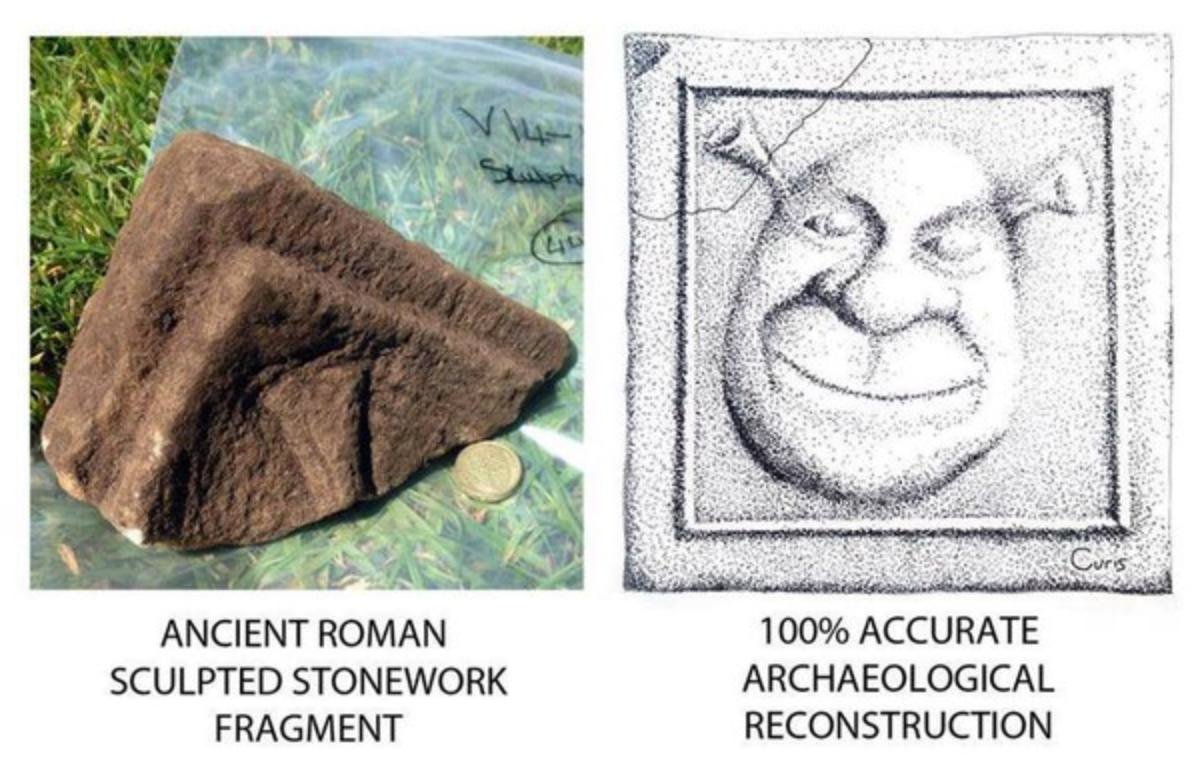
This is huge - and the 3D pharao puzzle goes on! ;)
Do you remember the great news some months ago, where parts of a colossal statue were discovered by german Egyptologists under the direction of Dr. Dietrich Raue in Cairo's Mattarya district?

At first they thought it was a head and the torso of a statue owned by Pharao Ramses II (ruled Egypt by 1279–1213 B.C.) they had pulled out of the mud. But later then they had to correct their opinion because they found out, that it was Pharao Psamtik I (ruled Egypt by 664–610 B.C). And this meant - the Egyptologists had discovered one of the biggest statues of this period ever. Of course Egypt was very proud of this finding and decided to present the restored statue during the inauguration of the new Grad Egyptian Museum in April 2018, which will be located in Giza near the pyramids.
But since the excavation season continuoes, they found now the toes of the king - sorry, of his statue. ;) And they are huge! Together with a pedestal made of limestone and bearing some damaged inscription, they have now collected about 40% of the statue, according to Antiquities Minister al-Anany. These are fresh news, so no picture was provided yet, but I am sure we will know more very soon: http://www.egyptindependent.com/two-toes-king-psamtik-statue-excavated-matariya
I am pretty curious about the result, but do you ever wondered, how restauration really works? Here is an example of another huge „3D-puzzle“ with missing pieces that had challenged the team of restorers led by Hourig Sourouzian (specialized on monumental statues):

You’ll agree that this is a very difficult job that requires also a lot of patience and some artistic talent. But since my husband is a restorer of Egyptian Antiquities, he could teach me that there are some principles to be considered. One of them is to keep the possibility to reverse the restoration in case of new pieces were found later that would change the complete object.
The following picture is an impressive example why one should reconstruct things carefully with some restraint. ;)

Sources
Basic information: Source
Image 1: The Associated Press/Amr Nabil
Image 2: Source
Image 3: Source
